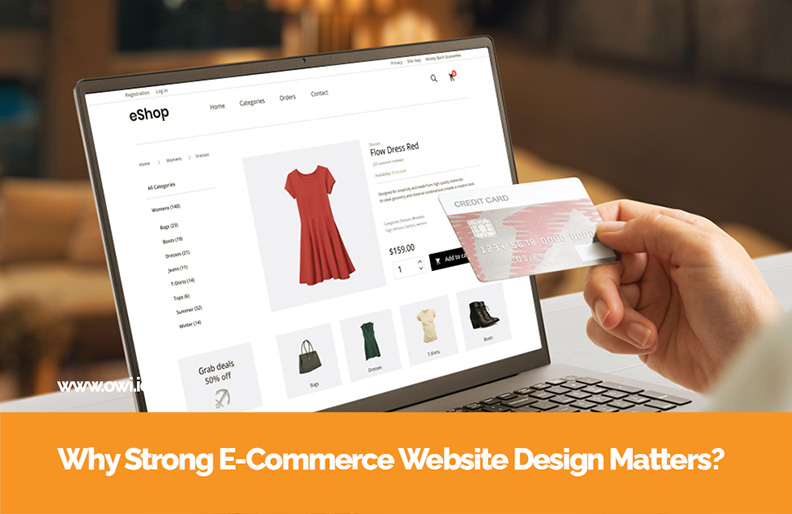Search
Insights & Inspiration
Keep up to date or learn a new skill with our website design and development content.

E-commerce has become one of the fastest-growing sectors in Ireland, giving businesses endless opportunities to sell online. But with that growth comes fierce competition. The design of your online store can determine whether customers make a purchase or leave for a competitor.
A successful e-commerce website in Dublin balances creativity and functionality. It should look professional, be easy to navigate, and guide users effortlessly from browsing to checkout. Below, we share the best practices for e-commerce website design that help Irish businesses stand out, attract more customers, and increase sales.
Most online shoppers in Ireland use smartphones to browse and buy. That’s why mobile optimisation is no longer optional—it’s essential.
At OWI, every website design project we deliver in Dublin is mobile-friendly and tested across multiple devices.
A cluttered design frustrates customers and costs sales. Your e-commerce website design in Dublin should focus on clarity:
The goal is to create the best user experience that feels easy and natural.
High-quality images help build trust. They enable customers to understand your products better and feel more confident in their purchases.
Pair strong visuals with detailed, SEO-friendly product descriptions created through our content creation services.
A smooth checkout process reduces cart abandonment. Best practices include:
Our WordPress development Dublin and WooCommerce builds always include checkout optimisation to boost conversions.
Speed is one of the most critical factors in e-commerce website design. A site that loads in more than three seconds risks losing customers.
Through our website maintenance services, we keep Irish online shops fast, secure, and reliable.
Social proof builds trust and credibility. Reviews also provide valuable insights for improving your products.
This implementation increases confidence and encourages new customers to make a purchase.
Any successful e-commerce website design in Dublin should focus on user experience, mobile responsive design, strong visuals, simple navigation, and trust signals like reviews. By following these guidelines, your online store will stand out from competitors, attract more visitors, and turn them into loyal customers.
At OWI Web Development, we specialise in building e-commerce websites that are fast, mobile-friendly, and designed to convert.
Contact us today to get started with your e-commerce website design in Dublin.